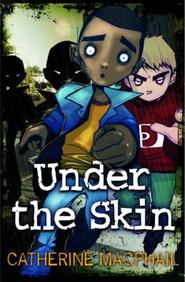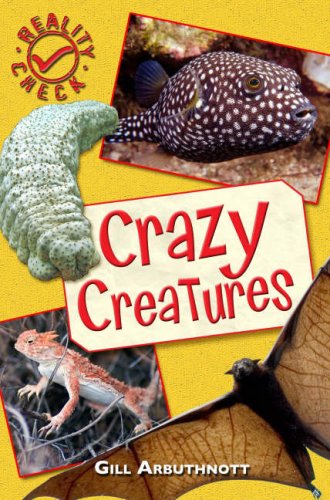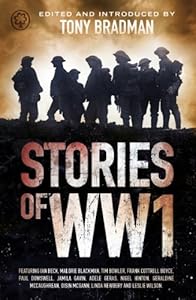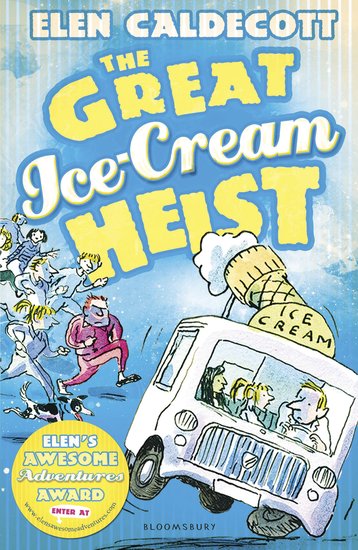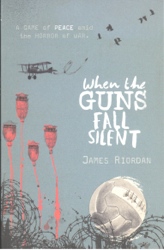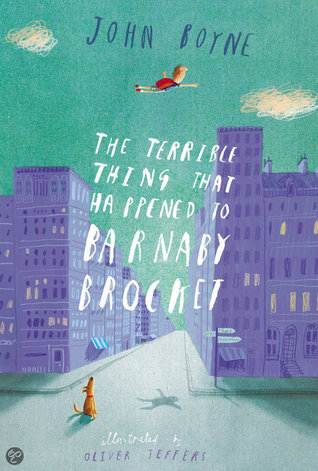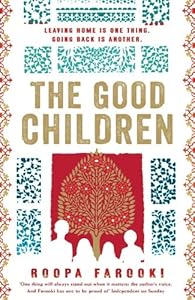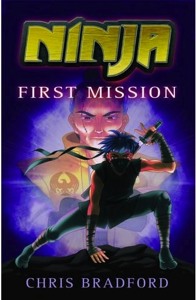 This is one of my first Graphic Novels, really, and there could be no better
introduction. I was floored by the warmth, the humilty and the wisdom of experience that the
book emitted, and I loved the changing perspective of the narrator as she grows
up, grows into somebody else, falls apart and pulls herself together.
This is one of my first Graphic Novels, really, and there could be no better
introduction. I was floored by the warmth, the humilty and the wisdom of experience that the
book emitted, and I loved the changing perspective of the narrator as she grows
up, grows into somebody else, falls apart and pulls herself together. The book a history, told in pictures. It's the history of a person, a family, a country and a war. It's so many things it's impossible to count- a memoir, a bildungsroman, an autobiography and a piece of art. Persepolis made me realise that I know next to nothing about the people, culture or government of Iraq, Iran or the Middle East and that made me feel guilty and not just a little ignorant. In the West we know only what we're told: the fundamentalists, the terrorists and the extremists. Something that Marjane points out in her youth- people just don't understand Iran.
Part one tells the story of Marjane's childhood during the war(s) with Iraq and the Islamic Revolution. Brought up by liberal, well off parents, Marjane suddenly finds herself much more restricted; forced to wear a veil, forbidden from listening to music, wearing makeup or sneakers and her French-language school closed down in favour of propaganda-spouting religious schools. Nevertheless, the population finds its little ways of rebelling, or they are consumed by the dogma of the regime. This element reminded me of The Handmaid's Tale, the cloak and dagger acts of nonconformity and the camaraderie that such acts invoke. Marjane takes it all in her stride, her youth and swagger her shield, dodging the authorities and listening to Kim Wilde and Iron Maiden anyway. Her refusal to be beaten forever endeared her to me- I can't imagine what it must have been like to live under such oppressive rule, and the dignity and resilience with which the Irani people bear it amazing.
Part two tells of her education in Austria, the loneliness of unfamiliar places and languages, the isolation of the new kid and the ease with which a displaced person can find themselves slipping away, becoming unrecognisable from their real self. Falling into drugs, homelessness and depression, Marjane struggles with her identity- too Western to be a true Iranian and too dark skinned to be a European. This section of the narrative is told with such emotion and despair that in places it's a bit difficult to read. Ultimately she must return to Iran, but after an absence of so many years, how much will her country have changed?
Marjane is fast becoming one of my favourite literary characters, despite being real. She's somebody that anybody can relate to; often brave, sometimes stupid, she makes mistakes that everybody else could see coming but she learns from them. She's rebellious, untouchable and foolish and she's absolutely hilarious. The art work too was excellent- the stark black and white was really effective, surprisingly effective, never struggling to convey facial expressions, emotion or identities. Marjane starts off as a very black/white person, so the format fits the character. In short, I loved everything about this book. Marjane and her family are a joy to read, I'm still not sure I understand the complicated political landscape of Iran, but I felt like I learnt, sometimes along with Marjane herself, what the implications of the regime were for normal Iranian people.


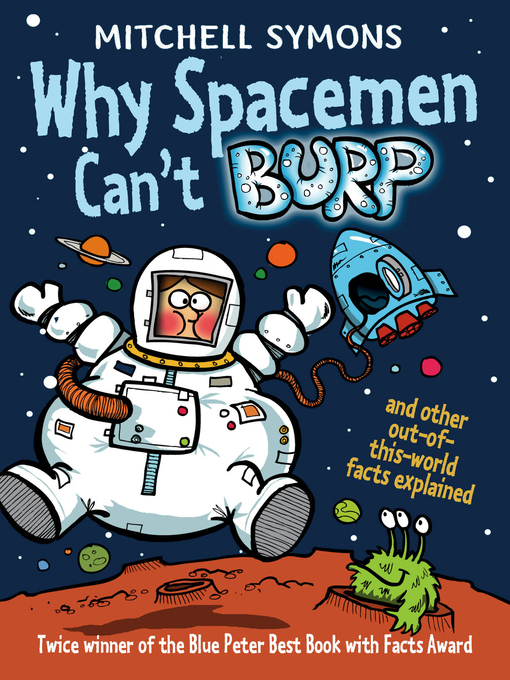

.jpg)
